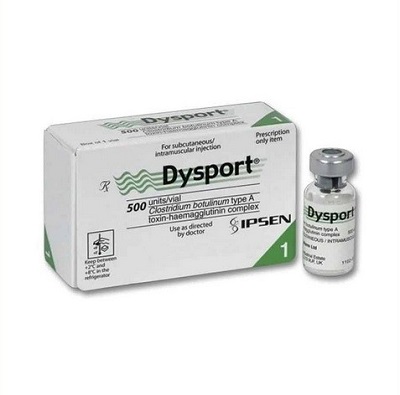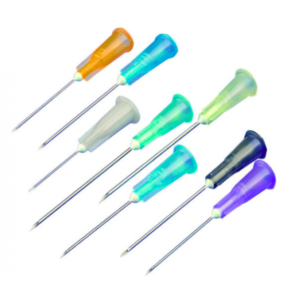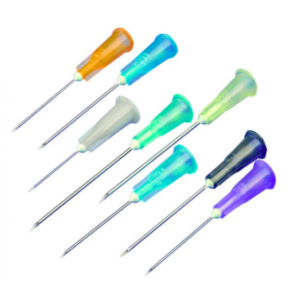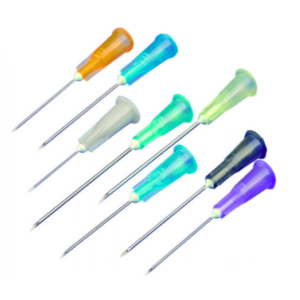Description
What is Botox?
Botox is a neuromodulator produced from the bacterium clostridium botulinum. Botox is also known as Botulinum Type A and, when used in controlled amounts, can reduce or remove fine lines and wrinkles. The injectable works by blocking the nerve signals in the muscles in the face to the brain. When used incorrectly, the toxin can be quite dangerous and can present unwanted botulism symptoms. But in the right hands, such as a board-certified dermatologist or plastic surgeon, Botox is safe and effective.
When Botox blocks the nerve signals in the face, the muscles cannot contract as freely as before. This lack of movement smooths out the skin and significantly reduces the appearance of wrinkles. Botox was the first FDA-approved Botulinum Type A neuromodulator, coming onto the market in 1989, before approval for cosmetic use in 2002. It’s since become the flagship brand in the injectables space. Furthermore, Botox can be used for a range of medical conditions as well. Check out our blog on the 11 Uses of Botox for some other interesting ways it can help you.
What is Dysport?
Since the inception of Botox, other companies have brought injectables on the market to help with wrinkles. Soon after Botox was launched, Dysport was considered its European counterpart, serving over 60 countries worldwide. In 2009, the FDA approved Dysport for use in the United States. Since then, it’s been proven to be an effective, non-invasive treatment for wrinkles, and fine lines. Both Botox and Dysport had medical uses before approval for cosmetic use.
Like Botox, Botulinum Type A is Dysport’s active ingredient. Once injected, Dysport disables the nerves around the injection site. This limits muscle movement, relaxing the area and smoothing out the skin. However, Dysport positions itself primarily to treat moderate to severe forehead lines and glabellar lines sometimes called frown lines or 11 lines. Your board-certified dermatologist should have access to both products and can even use them both in different parts of your face.
Botox vs Dysport: What’s the difference?
At first glance, there seems to be no real difference between Botox and Dysport. Both contain the same active ingredient (Botulinum Type A) and can reduce the appearance of wrinkles. However, there are some key distinctions that will make your dermatologist choose one over the other.
The biggest difference is the level of concentration in each product. Dysport is more diluted than Botox, with an almost 3 to 1 split. Based on the location of the injectable, your doctor may need more product to fill one area than another. Of course, it’s easy to believe then that Dysport will be much more expensive than Botox, but this is not the case. The price per unit is significantly cheaper than Botox. Since the number of units will be higher than Botox, the price per treatment comes up to about the same.
Dysport also differs in terms of its molecular behavior and diffusion. This makeup means it spreads faster, especially over a larger surface area, with just a few injections. So the differences really come down to the way each injectable is applied by your doctor. An experienced doctor will use both for certain areas:
- Botox will work well for lip lines, Crow’s feet, and other fine wrinkles. It has a high concentration and is slow-moving, making it perfect for these small areas.
- Dysport will work well for larger surface areas like the forehead and 11 lines. It’s fast-acting, spreading quickly and evenly.
Because of the difference in dilution, you can safely use both for a similar price.





Reviews
There are no reviews yet.